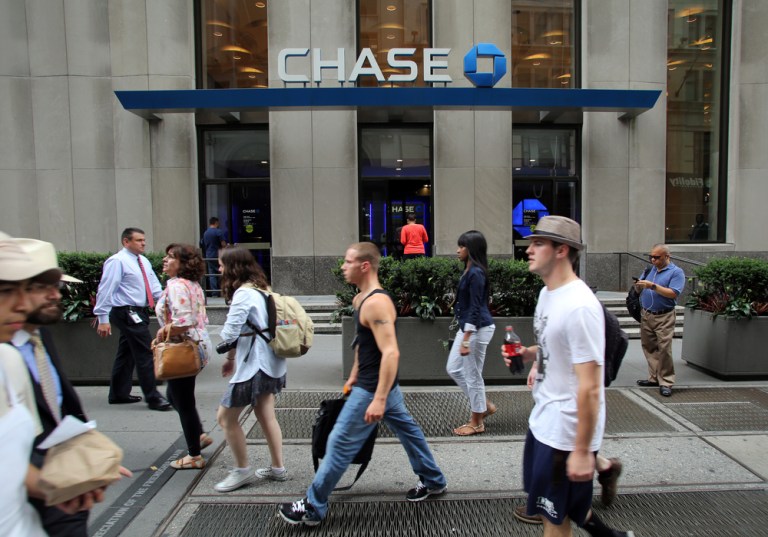Chase Initiative Sparks Debate Over ‘Bank Deserts’ And SMBs

When JPMorgan Chase announced plans earlier this year to open 400 new bank branches, some analysts were surprised. Financial institutions (FIs) in the U.S. have been steadily shuttering their physical locations since the financial crisis, favoring digital platforms to serve their customers and cut costs.
The idea behind Chase’s initiative, which will see the first of those new branches rolling out in October, is to support small businesses (SMBs) and entrepreneurs, which are considered to be especially negatively affected by branch closures. Entrepreneurs value the in-person advisory relationships they get when they visit bank representatives in person, some industry experts say, and more branch locations will bolster their local communities’ small business landscape.
“For business owners, the absence of branches and the face-to-face relationships that go with them can complicate everything, from getting financing to depositing earnings to making payroll, and local economies can suffer as a result,” said reports in Fortune on Monday (Aug. 20).
According to the publication, data from real estate services firm JLL has revealed a steady decline in bank branch closures since the financial crisis, leading to “bank deserts.” That rate of decline is accelerating, too, researchers found.
A report from JLL published earlier this year found the number of branches in the U.S. dropped from 91,900 in 2016 t0 89,900 in 2017, a 2.2 percent drop that “reflects the industry’s ongoing evolution to serve customers more effectively while reducing operating costs.” The trend shouldn’t necessarily be viewed as an industry pullback, though, JLL noted. Banks are consolidating their services and capabilities into fewer branch locations, meaning each individual branch is in a “stronger position” to service customers.
Separately, Reuters reported earlier this year on research conducted by Novantas, which found that consumers view online-only banks as “less legitimate” than those with branches.
“Folks are still hanging onto this comfort of feeling like there is a branch nearby if, and when, they need it,” said Novantas VP and Head of Customer Knowledge Matthew Sharp at the time.
JPMorgan Chase’s initiative is a sign of agreement that small businesses may be adversely affected by this trend of branch closures. The institution plans to open the planned 400 new locations in the U.S. over the next five years. The first of those will be opened in Wards 7 and 8 in Washington, D.C., the same area targeted by the bank for its $10 million initiative to support small business development and affordable housing.
However, the reality of branch closures and their impact on small businesses is up for debate.
Some analysts have warned, for example, that forcing customers, particularly SMBs, to visit physical branches may have a negative effect on customer experiences. The “State of Digital Sales in Banking” report from banking services firm Avoka, published last year, found that only 24 percent of business banking products could be opened online by customers.
“Considering how busy a small business owner is and how limited their schedule [is] to visit a bank branch, this severely undercuts the ability [of] banks to capitalize on the lucrative business banking segment,” Avoka stated in its report.
The report did not survey small business owners about how they felt about being “forced” to open a bank branch, but another report from U.S. Bank revealed a 5 percent year-over-year decline in the percentage of small businesses that plan to do some of their banking at a physical branch in the next five years. However, 40 percent of SMBs surveyed said they want the option to speak with someone in person, should a problem arise.
It’s clear from the research that bank branches do play a role in small business banking. A report from Phoenix SYNERGISTICS Research revealed 60 percent of SMBs said branch locations are “very” important when choosing a bank, and a similar percentage said these locations are “very” important when continuing to do business with a provider. Yet, whether that importance is because small businesses need physical branch locations to open an array of products, or because they prefer to meet with bank representatives in person, is unclear.